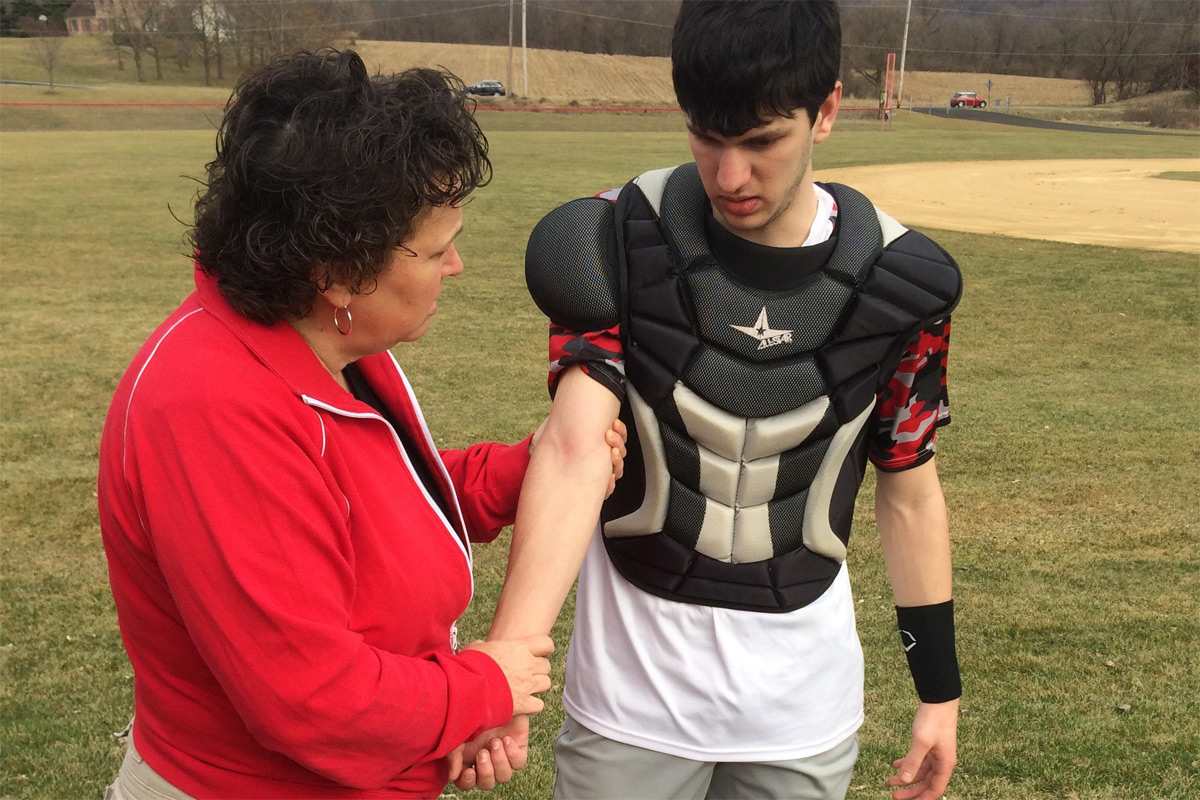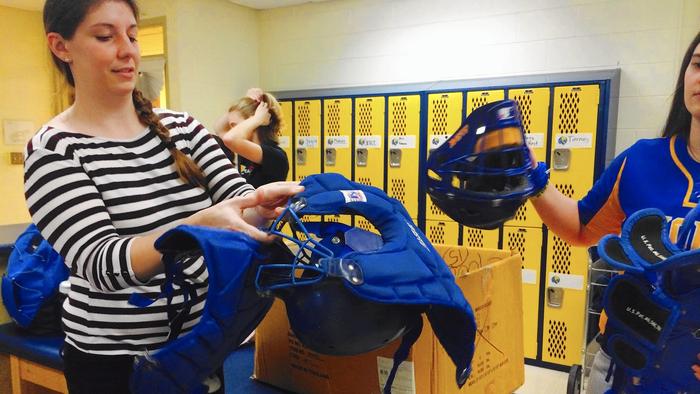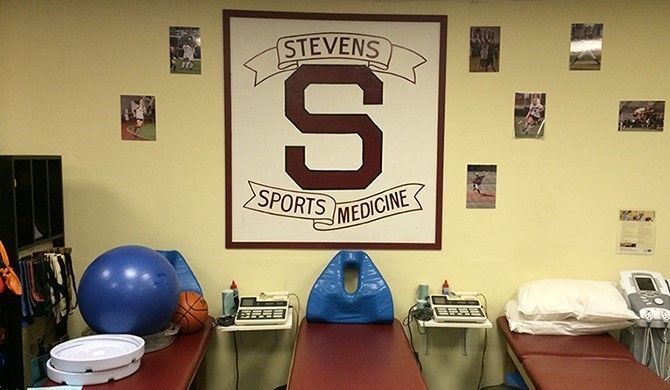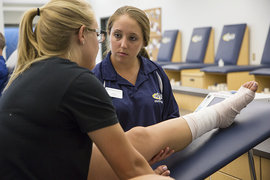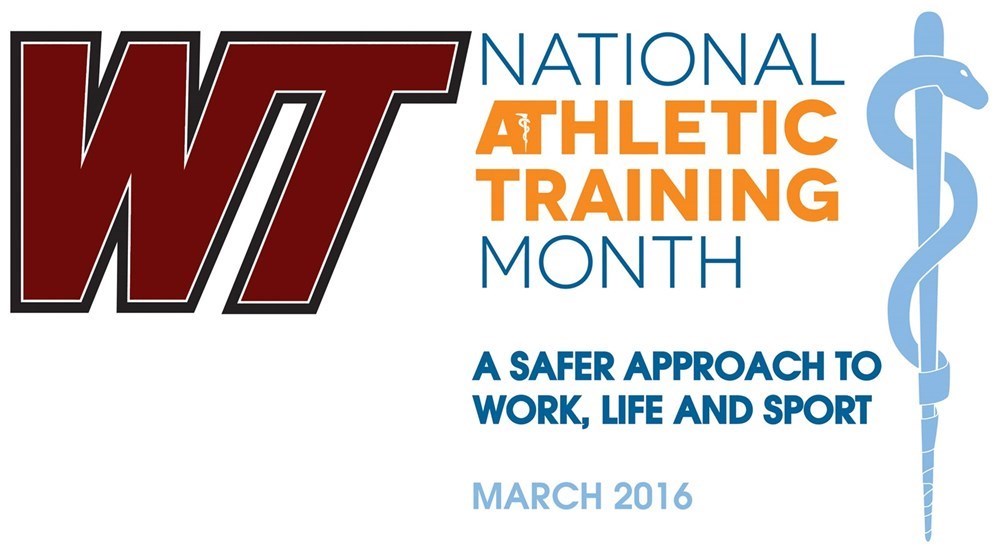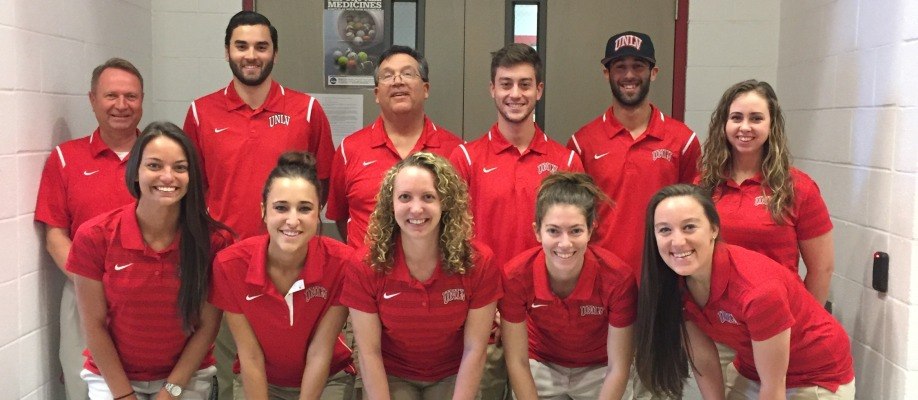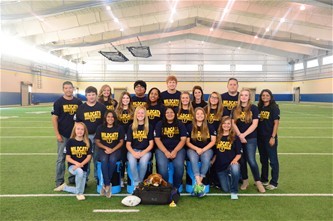
March is National Athletic Training Month, Sulphur Springs head athletic trainer Tammy Carrell offered some of her comments and thoughts on her chosen profession and members of the staff at the school.
“I asked my athletic training students to write what they wanted the community to know about athletic trainers. The following is what they wrote,” Carrell said.
“Athletic trainers are basically the ‘care takers’ of the athletes, cheerleaders, drill team, band members, coaches, and each other. We are always the first to arrive at an event and usually the last ones to leave. Being an athletic trainer. You usually are expected to do your job the best you can with little to no recognition. We aren’t really noticed by the community or the school for our work. But knowing that we can rehabilitate the injured athletes or prevent some injuries is self-rewarding. Athletic training is a very demanding job. We are at every practice and at every game, even staying later to make sure everything is cleaned and put together for the next time. Athletic training is a great program because we learn to manage our time and responsibilities. We learn communication and people skills that prepare us for jobs in the future. This month be sure to take the time and thank and appreciate your communities’ athletic trainers.
Carrell said, “This year is a little special to us at Sulphur Springs ISD. This spring marks 25 years of Athletic Training at SSISD. Spring 1991- 1997 Melissa Lasseter (1995-1997 Melissa Keys Assistant); 1997-1998 Eric Teller; 1998-2000 Melissa Lasseter (1999-2000 Toby Cason GA from TAMU-C);2000-2004 Chad McCune (2000-2001 Tammy Carrell GA from TAMU-C)(2003-2004 Michael Hammonds GA from TAMU-C) 2004-2006 Matt Torbett; 2006-Present Tammy Carrell; (2006-2007 Melissa Pipins GA from TMF)
(2007-2008 Michael Hammonds worked as a contract Athletic Trainer for game coverage)
(2008-2009 Jessica Savage worked as a first aid provider)
(2009-2010 Jacklyn Nance was hired as an assistant and provided coverage at the SSMS)
(2010-2016 Josh Neill was hired as an assistant athletic trainer and a coach)
(2014-present Brad Abell was hired as an assistant at the high school. He also teaches health science technology classes)
Carrell said, “I have seen several changes in the 10 years that I have been here. My first year I had an assistant that helped out after school. It was basically all on my shoulders. High School and Middle school. I came to the high school in the mornings for morning rehab. Then I went to the middle school for any injuries and paperwork. I covered all home games, sometimes running back and forth between games. Sometimes it was baseball and softball and sometimes it was basketball and soccer.
Things really got more manageable when we hired Josh Neill at the middle school. He covered all middle school including all their paperwork. He would come help at the High School when I had more than one event to cover. In 2014 we hired Brad Abell at Sulphur Springs High School. He teaches health science technology during the day. His last class of the day is eighth period athletics. He also helps cover basketball and softball. In the fall you are busy but you only have a couple sports going on at the same time. In the spring you have everything else going on. With Texas weather you never know the changes that will be made. You just have to be flexible and go with it. With the help of my assistants and the help of my athletic training students it is more manageable. My students put in a lot of hours helping out with all the sports our district offers. The get what we need for practice, they clean it, and put it up so it is ready for another day. They also have class time where they learn CPR, First aid, and the myriad tasks of being an athletic trainer. It is a lot more than just showing up and handing out water on a hot summer day. We are like family, we love each other. Some days we all get along and everything is great and some days we know deep down we all love each other. I have been very blessed to have an amazing group of athletic training students.”
Carrell added, “Some of my previous MVP Students are: EmmaLee Spivey, Jessica Savage, Bailea Godwin, Kayla Townsend, Danesha Peoples, Keelie Wizer, Andrea Vazquez, Drew Cross, and Jonna Higginbotham. I still keep in touch with them. It is very rewarding to see them go on in life and succeed in life. I just hope I made a positive impact in their lives.”
